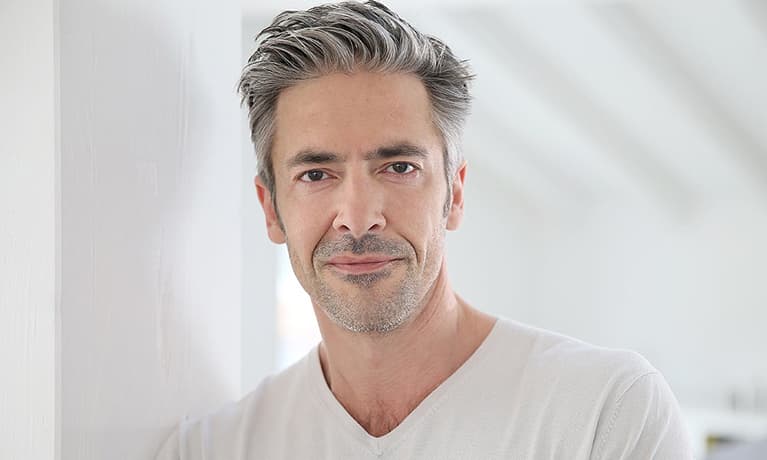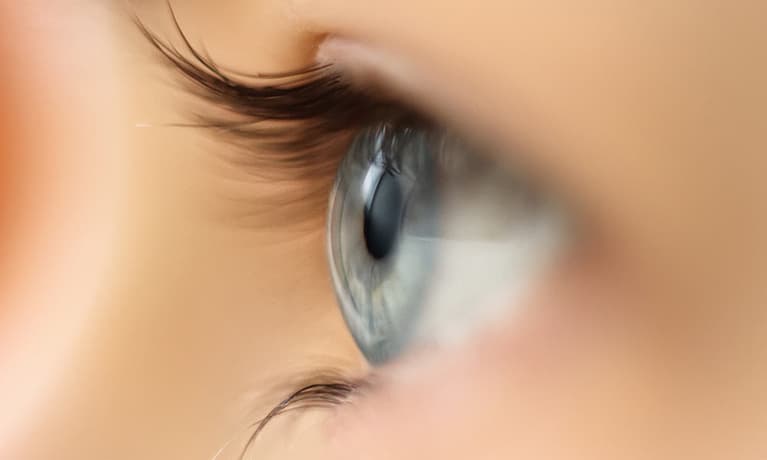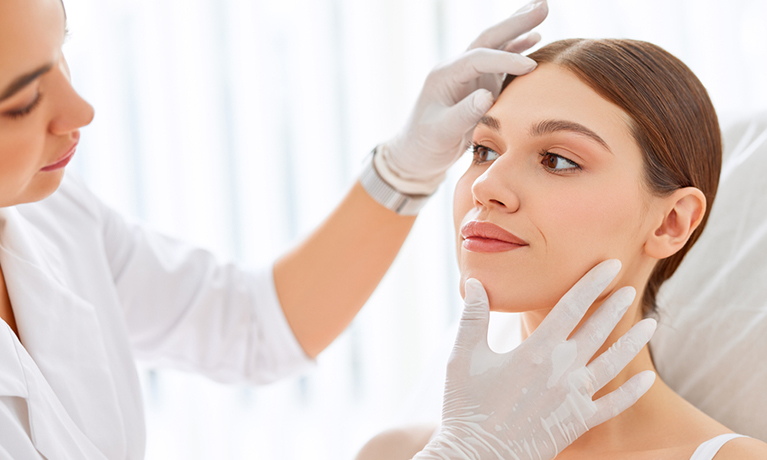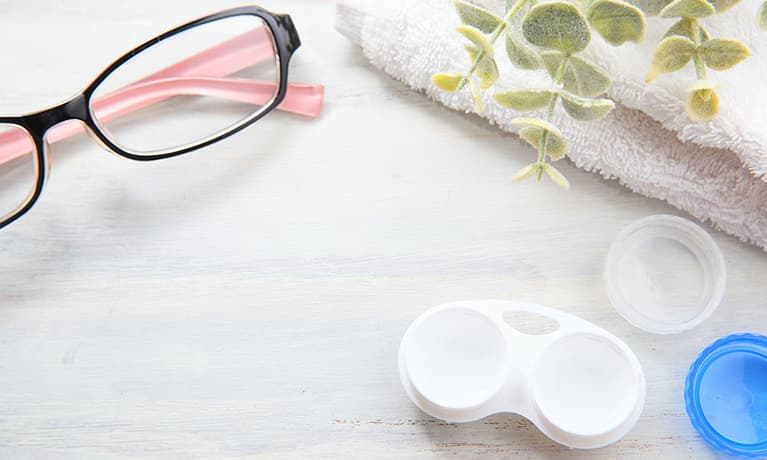Your eye doctor has the ability to treat a wide variety of problems with medications. The amazing thing is that these prescriptions can be delivered directly to your eye in the form of drops. These drops help to maximize the beneficial effect on your eye and minimize the side effects on the rest of your body. When eye drops do not work as expected, the number one reason is that they are not actually getting into the eye.
Sometimes this can be a problem with technique. An effective and easy technique for most people is to create a pocket by pulling down the lower eyelid with your non-dominant hand and squeezing a drop into this pocket. Try to avoid dropping it from high above the eye. Get as close to the pocket you have created without touching the eye or the lid. Touching the eye or lid can contaminate the eye drops. Another issue people have is how hard to squeeze. In most cases a drop of liquid will start to form at the tip of the bottle when you invert it. If you notice the drop starting to form you will need very little pressure to squeeze the drop into your eye. Sometimes, just a tap of the bottle will deliver the dose. You only need one drop from the bottle. The surface of your eye holds less liquid than the average drop size so anything more is simply wasted. Remember that practice makes perfect so consider picking up a bottle of saline or artificial tears from the drug store to practice your technique before you try it out with your prescriptions. Sometimes it may be difficult to see what you are doing wrong. If you are with a friend or family member have them watch so they can give you helpful feedback on your technique. Our doctors and technicians are happy to do this for you at your next clinic visit as well!
The other problem with any medication, including eye drops, is that we may forget to take it. We are only human and forgetting a few doses is understandable, but this can ultimately impact the effectiveness of these treatments. If the medications will be chronic, like in the case of glaucoma, then you want to incorporate these doses into your daily routine. For example, three times daily is best to associate with meal times. If it is once daily dosing, this is usually best to associate with your bedtime routine. Putting the bottle of eye drops next to your tooth brush or on your night stand can help you remember. If you have drops that will be used for a short period of time, try using a written schedule. Our office has blank grids that can be used to help you remember your eye drop regimen. You can also take advantage of technology. You can program an Alexa device or a smart phone to set reminders for your medications. There are also specific apps for smart phones or tablets that can be customized. I recommend a downloadable app called Eye Drop Alarm that is easy to use and free. I included a short video below to illustrate a few points mentioned in this blog. We look forward to discussing any issues you may encounter at your next clinic appointment!

Dr. Nicholas Frame, M.D.










